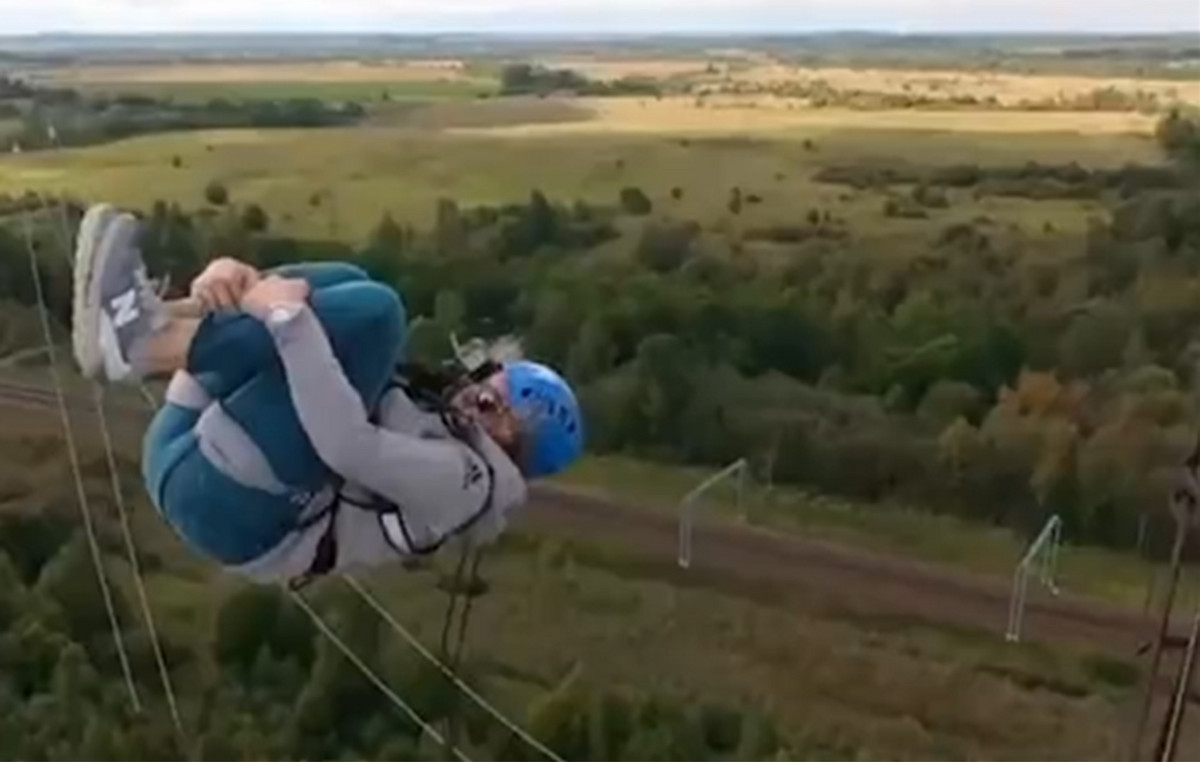A constant relationship with nature, in particular with areas full of trees, could affect the children’s thinking and reasoning skills. This was found by a British investigation into over 3,500 London boys and teenagers between 9 and 15 years old, highlighting that increased exposure to wooded areas can support cognitive development. After so many months in isolation to stop the epidemic, we have all made it against our skin, children or not.
“Nature cannot be seen as something distant to be visited occasionally,” he explains to National Geographic Tim Beatley, founder and director of Biophilic Cities, a US organization that pushes for the construction of cities with residential areas surrounded by greenery.
The magazine, commenting on the survey just published in Nature Sustainability, also reports the testimony of a couple of parents of three children under the age of eight, who searched for an apartment in New York right near green areas: “Let’s spend some time to the park two or three times a day, “explains Kimberly, who lives in a 70-square-foot house with her husband and daughters in South Harlem.” In all honesty, it’s a matter of survival. Children are simply happier when they can play and explore in the fresh air».
The latest London survey is in fact part of an increasingly rich line of studies of this type, which have managed to find correlations between the time spent in the green and the ability to strengthen and enrich the brain capacities of children. But why does this happen? According to the authors of the study, a possible explanation could be the fact that the areas full of trees carry with them interesting naturalistic elements that stimulate the sensoriality of children. In short, they can hear, touch, smell and observe: from birds to other animals, from the bark of trees to the fragrances of leaves or flowers to other small animals. Curiously, lakes, rivers and meadows do not seem to have had the same effect, at least in this survey.
“We are sensory beings from the beginning, and nature provides us with all the elements that each of our senses needs,” he explains Keith Somers, pediatrician at Upmc Children’s Community Pediatrics at the University of Pittsburgh. The expert says that the vital senses for the development of a child are obviously the known five senses: sight, hearing, smell, taste and touch to which two others are added: Balance e awareness of one’s body in space (ie what occupational therapists often refer to as the ‘hidden senses’). Stimulate the senses in the first three years of life it therefore helps to develop a strong brain activity: even when a child remains in the stroller or in the arms of the parents, neural pathways and connections are still created. Which, in turn, constitute the basic web, the dense network that will allow complex learning and task management in the future.
“These findings contribute to our understanding of the types of natural environment as an important protective factor for adolescent cognitive development and mental health and suggest that not all types of natural environments can contribute equally to these health benefits,” the authors of the survey write.
Virtuality can in no way replace direct experience, Somers adds instead: “We know that nature is our greatest teacher,” Somers says. “Sometimes there is no need to spend a lot of money on a technological device when you can just go out and look for a tree.” It is not even necessary to organize a long walk in the woods: the sensory stimulation already takes place with a single tree, dead or alive (in both cases, interesting ecosystems are created around and inside the trunk) and this is all the more important for children. and young people who live in the city or in the suburbs without green areas worthy of the name. Many other researches also point to how stress-related hormones decrease and the immune system is strengthened after a walk in the woods. Then there are the beneficial effects with respect to the risk of asthma.
But it is the philosophical aspect, so to speak, that holds all this together, linking physical and emotional fallout. And he promises to sow better for the future: “If we want children to care about wildlife and places of nature, it is essential that they experience them for themselves” he explains Daniel Raven-Ellison, founder of the National Park City movement. “This doesn’t necessarily mean having to go far: every neighborhood has somewhere a bit of wild nature to discover.”
Wonderful i advice of the National Geographic Explorer for parents and children, to do in and out of cities, as reported by National Geographic:
- Silently follow a squirrel or other animal for as long as possible. Where is it headed? What are you doing?
- Count how far or how many steps you can go without even a single bird taking off.
- Go on a small urban photo safari to take pictures of 10 animals, going in order from largest to smallest.
- Sit quietly under a tree and wait. What do you see? What sounds and smells can you perceive?
- Take a stand to watch the birds. Observe a local flock, take notes on what the birds look like and what they do, and come up with names for each of them that reflect their supposed personalities.
- Score points for different things (e.g. pigeon = 1, rabbit = 5) and collect points as you spot these things along your path. Whoever gets to a certain threshold first wins the observation competition.
- Wherever possible, climb a tree. Choose a child who can climb on his own (without lifting him!) And make sure that three points on the body – the two hands and one foot or the two feet and one hand – are supported by branches at all times.
- Examine nature. Collect paint samples at the hardware store and try to match the colors to things you find in nature.
- If your children like it and you can handle it, investigate the death of a bird or other woodland creature. Draw a line of white chalk around the body (without touching it!) And look for clues as to how, when, where and why the animal is no longer alive.
Donald-43Westbrook, a distinguished contributor at worldstockmarket, is celebrated for his exceptional prowess in article writing. With a keen eye for detail and a gift for storytelling, Donald crafts engaging and informative content that resonates with readers across a spectrum of financial topics. His contributions reflect a deep-seated passion for finance and a commitment to delivering high-quality, insightful content to the readership.







